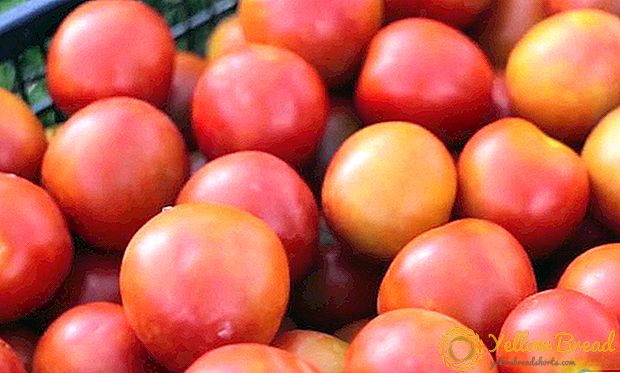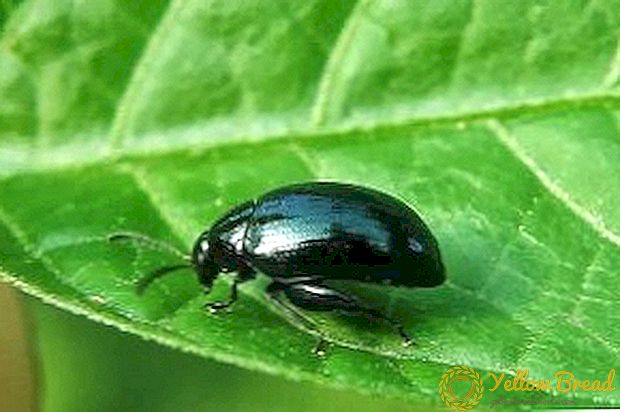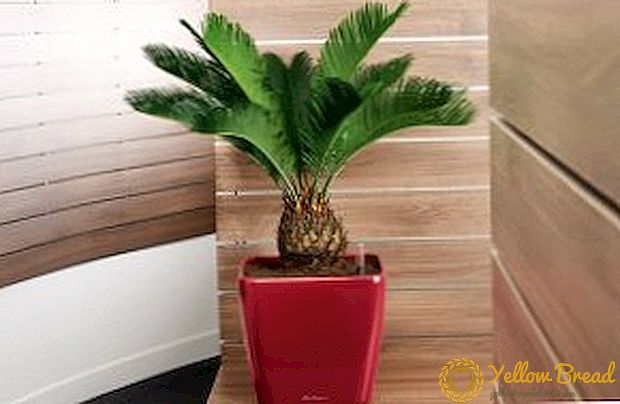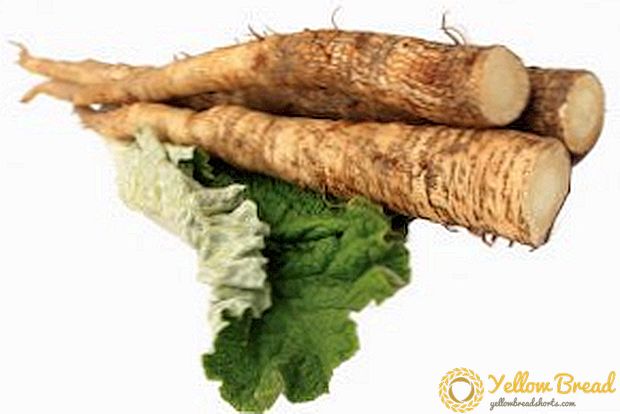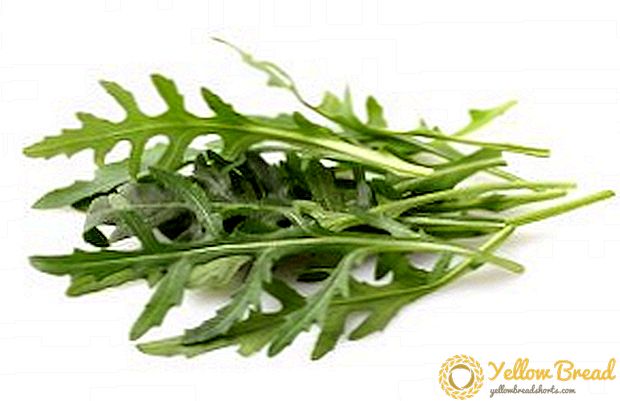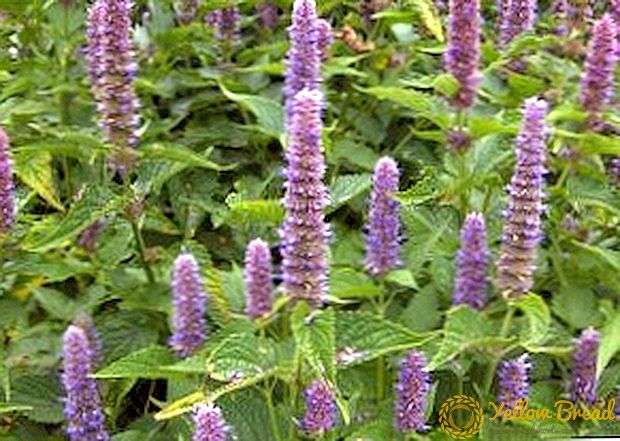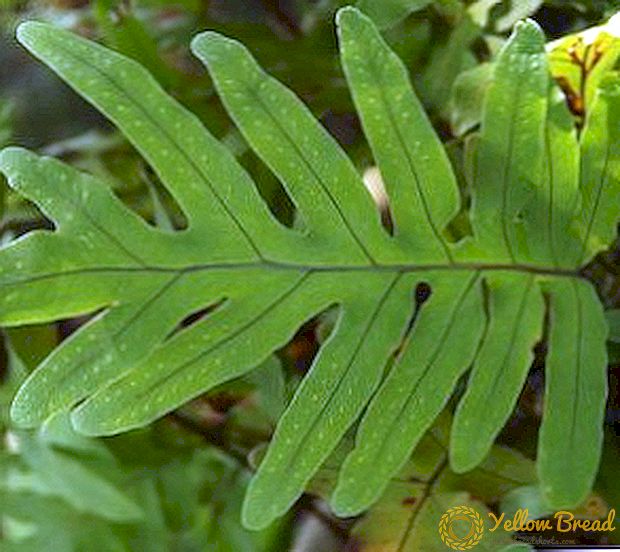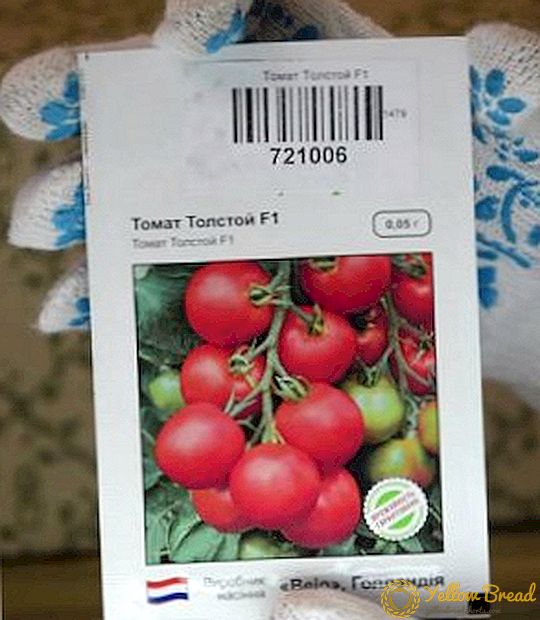 The tomato variety "Tolstoy F1" is popular with vegetable growers due to its unpretentiousness and high yield. Its fruits are bright, large and very tasty.
The tomato variety "Tolstoy F1" is popular with vegetable growers due to its unpretentiousness and high yield. Its fruits are bright, large and very tasty.
In our article we will dwell on the description and characteristics of this variety, as well as describe how to grow it properly in order to gather a rich harvest.
- Appearance and description of early ripe varieties
- Agrotechnology
- Sowing and growing seedlings
- Landing in the ground
- Pests and diseases
- Caring for a hybrid tomato in a greenhouse
- Soil preparation
- Planting and care
- Conditions for maximum fruiting
- High Yield: Fruit Processing Tips
Appearance and description of early ripe varieties
Tomato variety "Tolstoy F1" - first generation hybrid. It is grown in greenhouses and in the open field, giving a good harvest in both cases.
Tomato "Tolstoy" tall enough, its bushes grow to 130 cm, forming an average amount of greenery.The period from the appearance of the first shoots to the ripening of the vegetable takes 110-115 days. Each inflorescence of the plant gives two brushes. On one bush 12-13 brushes are formed, on which grows from 6 to 12 fruits.
The Tolstoy tomato gives juicy, fleshy fruits of uniform red color with a sweetish taste and amazing aroma; their weight ranges from 80 to 120 g. During ripening they do not crack, and the unripe tomatoes removed from the branch can be kept for a long time. One bush can yield up to 3 kg of tomatoes.
You can find out how a tomato “Tolstoy F1” looks like by looking at a photo of a bush of this plant, as well as having read a useful video:
Agrotechnology
"Tolstoy F1" is grown using seedlings. Sowing of seeds takes place in March - early April, and transplanting into a greenhouse or soil is carried out from mid-May to early June.
Sowing and growing seedlings
This variety prefers soil from a mixture of peat and garden soil with the addition of river sand or vermiculite. Seeds must be decontaminated in a solution of peroxide or potassium permanganate.
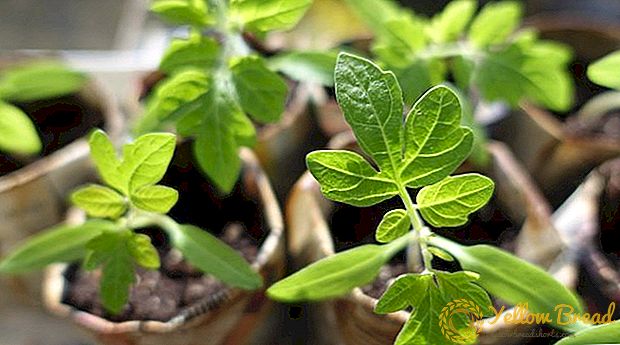 Moderate watering is recommended for young plants, and the soil needs to be carefully loosened.
Moderate watering is recommended for young plants, and the soil needs to be carefully loosened.Landing in the ground
When planting tomatoes in open ground for planting, you need to take a sunny place with loamy soil. Additionally, you can add organic fertilizer.
Tomato "Tolstoy" planted, keeping a distance of 30-40 cm between the bushes and leaving wide aisles. To protect against pests and maintain the required level of moisture, it is recommended to add peat to the soil.
In the first 4-5 days after transplantation, seedlings should be covered with plastic wrap. Shrubs need timely moderate watering without stagnant moisture in the soil. To improve insolation, lower leaves should be removed on bushes.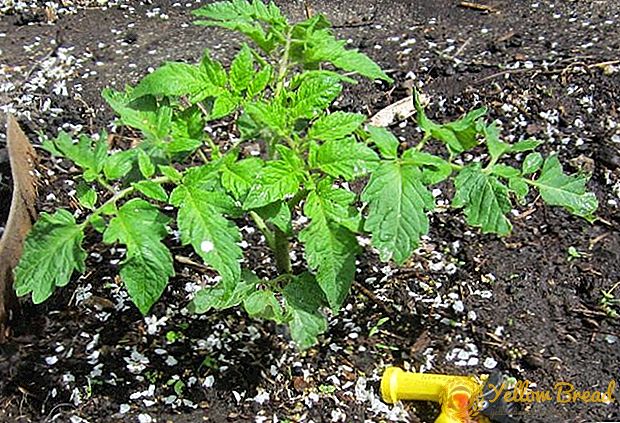
Pests and diseases
Tomato "Leo Tolstoy" is rarely affected by diseases, but some typical diseases typical of hybrids cannot be completely excluded: fusarium, late blight, gray rot. For prevention, the soil is disinfected with a solution of potassium permanganate or copper sulphate.
To prevent late blight and black legs, ground between rows is mulched with peat or straw. For fungal diseases, spraying the bushes with a solution of potassium permanganate is used. If a diseased plant is found, it must be destroyed immediately in order to avoid infecting the rest. Timely prevention reduces the risk of tomato disease to a minimum.
Tolstoy tomatoes can also be damaged by pests: aphids, whitefly, thrips, spider mites. In the open ground, the plants are threatened by Colorado beetles and a bear.
Get rid of thrips and aphids will help decoction of wormwood or onion peel.With the appearance of slugs and larvae of beetles, an aqueous solution of ammonia is helpful. Spider mite is destroyed with insecticides. 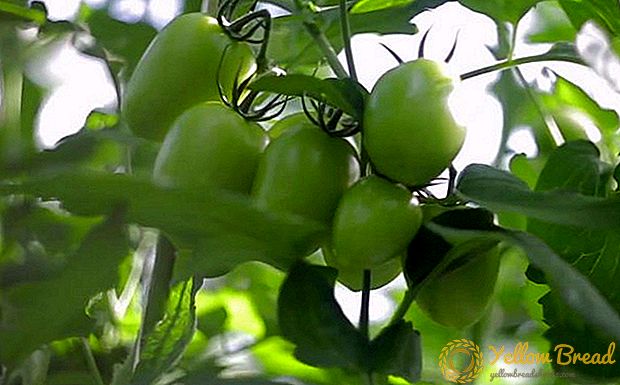
Caring for a hybrid tomato in a greenhouse
Growing seedlings is also possible in greenhouse conditions. For this, a well lit area is distinguished. An additional advantage will be automatic watering, which ideally moistens the soil. The plant is transplanted to a permanent place after it has 2-3 pairs of leaves and the first flower brush.
Soil preparation
In some regions, the cultivation of this variety of tomato is permissible only in greenhouses. First you need to prepare the ground. It is not recommended to plant the plant in the soil previously used for pepper, eggplant or potato. In this case, there is a high probability of soil infection.
The best predecessor of tomatoes "Thick F1" is greens, root vegetables and cabbage. The greenhouse is filled with earthen soil with the addition of peat or sawdust, at the rate of 3 buckets per 1 square meter. mAfter it should be added mineral fertilizers. 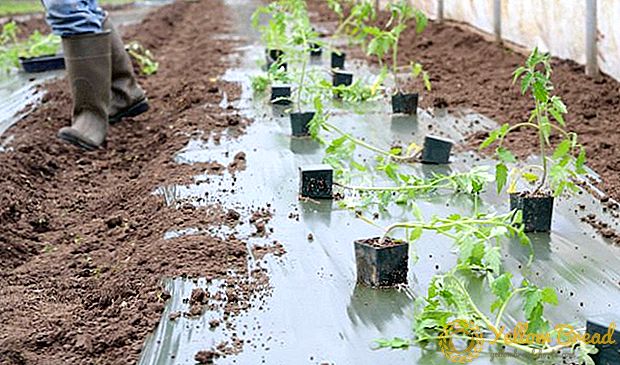
Planting and care
Tomato "Tolstoy" can be planted in rows or in a checkerboard pattern, keeping the distance between bushes of 50-60 cm. The formation of bushes is made in 1-2 stems. The first two weeks require abundant watering, then it must be reduced to moderate. Water the tomatoes should be at the root, not allowing moisture to the plant. The temperature in the greenhouse should not exceed the limits of + 18 ... +30 ° С.
Conditions for maximum fruiting
In order for the tomato “Tolstoy” to bring maximum yield, you need to know some of the subtleties of its cultivation:
- This variety is distinguished by the fact that it quickly picks up all the nutrients from the soil, therefore, once in a week or two, tomatoes should be fed using complex mineral fertilizers.
- In order to exclude sunburn from the plant, watering and fertilizing should be done in the morning.
- In the case of growing a tomato in the greenhouse, it must be regularly aired to eliminate excess moisture.
- Under the ripened racemes, it is necessary to pluck the leaves, but not more than three sheets per week from one plant.
- In order not to lose the crop, it is recommended to remove the stepchildren from the bushes.
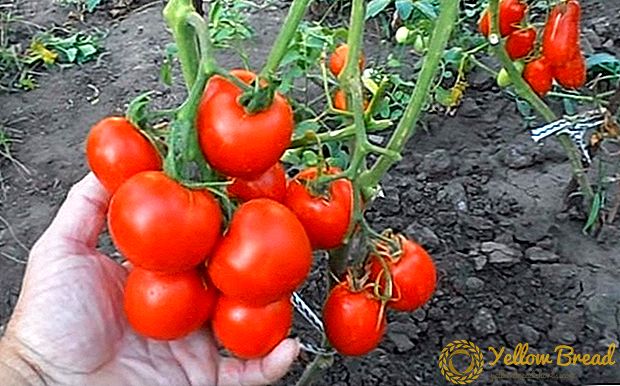
High Yield: Fruit Processing Tips
With good ripening, the fruits are removed every 4-5 days. Immature tomatoes can be well preserved for a long time, and over-ripe tomatoes do not crack and retain a ripe, attractive appearance. Sorting tomatoes produced by degree of maturity. Storage takes place in closed ventilated areas.
Tomatoes "Tolstoy F1" are distinguished by excellent transportability, which allows, without losing the quality of the fruits, to transport them over long distances.
Excellent taste qualities make it possible to use this variety for fresh consumption, pickling, canning, preparing juices and tomato pastes and for further sale. A large amount of beta-carotene contained in tomatoes, making them ideal for baby and dietary.
Tomato "Tolstoy F1" won fame among gardeners of undemanding and productive variety. Using knowledge and tips on growing and caring for a plant,it will not be difficult to make it maximum fruiting, and the process of growing pleasure.